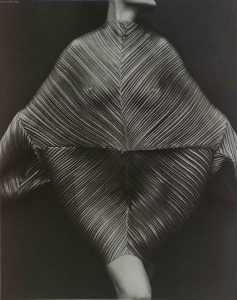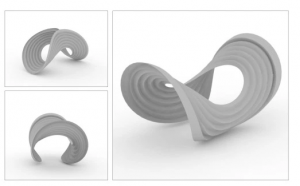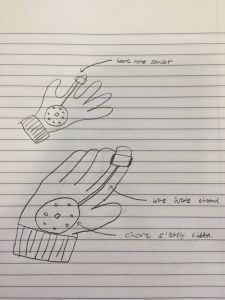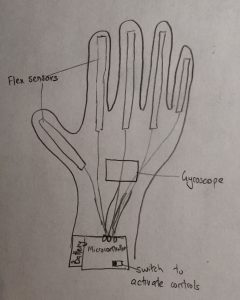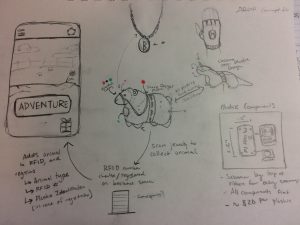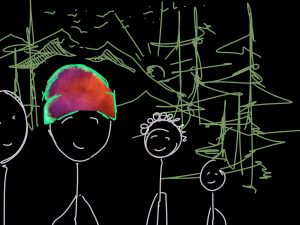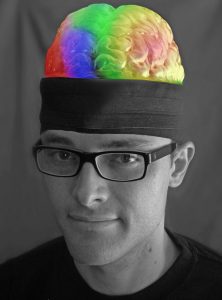Individual: Jessica Fernandes
What is it:
The structure of this project is a lehenga, an Indian cultural skirt worn by women for traditional events and celebrations. This piece incorporates cultural textiles and light components to create the illusion of a cloud of light, celebrating and honoring the experience of growing up as a first generation, Indian American.
What it does:
The garment illuminates to create the impression of airy color diffusion. Light sensors trigger the LEDs to turn on in a certain level of darkness and can also be controlled by a switch embedded in the structure of the garment.
Who it’s for:
This garment is designed to be a statement piece for Indian women in search of unique, traditional clothing for Diwali (the festival of lights), among other cultural events.
How it’s used:
To activate the garment, the user would simply wear the skirt and turn on the light sensor that will trigger the lights to turn on. This switch is discretely integrated into the waist for ease of use. The power source will also be embedded in the structure of the skirt and will need to be charged when not in use.
How it’s unique:
Because the piece illuminates in darkness, it creates a moment of fantasy for the wearer. This is especially fitting for celebrations like Diwali.
Inspiration & Sketch
Lehengas and dress with lights
Materials
- End-emitting fiber optic fibers
- Side-emitting fibers or fiber optic fabric
- LEDs
- Light sensors
- Micro-controller
- Power source
- Super glue/glue gun
- Fabric/(conductive) thread
Skills
- Sewing/embroidery
- Programming
- Soldering
Timeline
Milestone 1 (March 25)
Darkness triggers the light sensor to turn on the other lights.
Milestone 2 (April 8)
Network of lights and sensors function in a form that can be draped onto the garment.
Milestone 3 (April 22)
The sensors, lights, and power source function and are integrated into the garment in an aesthetically pleasing finish.
Fallback Plan
If the initial plan does not succeed, I will adjust the features implemented based on what will accomplished the best functionality. This means potentially reducing the number of lights incorporated or changing the type of power source or changing the triggering of lights from sensors to a switch. These adjustments aim to simplify or bridge problems of functionality with more direct solutions.

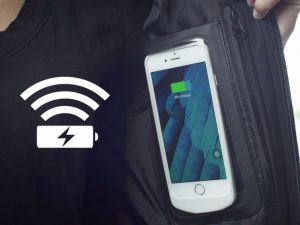

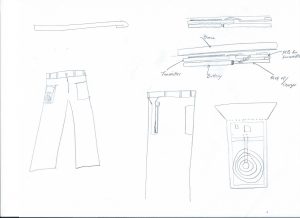

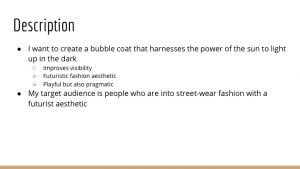
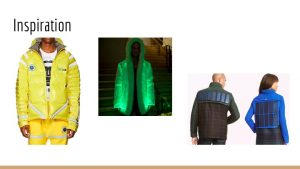
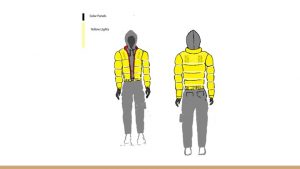

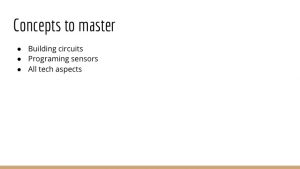
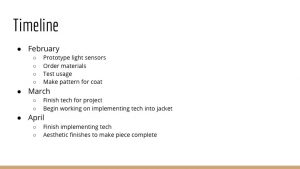

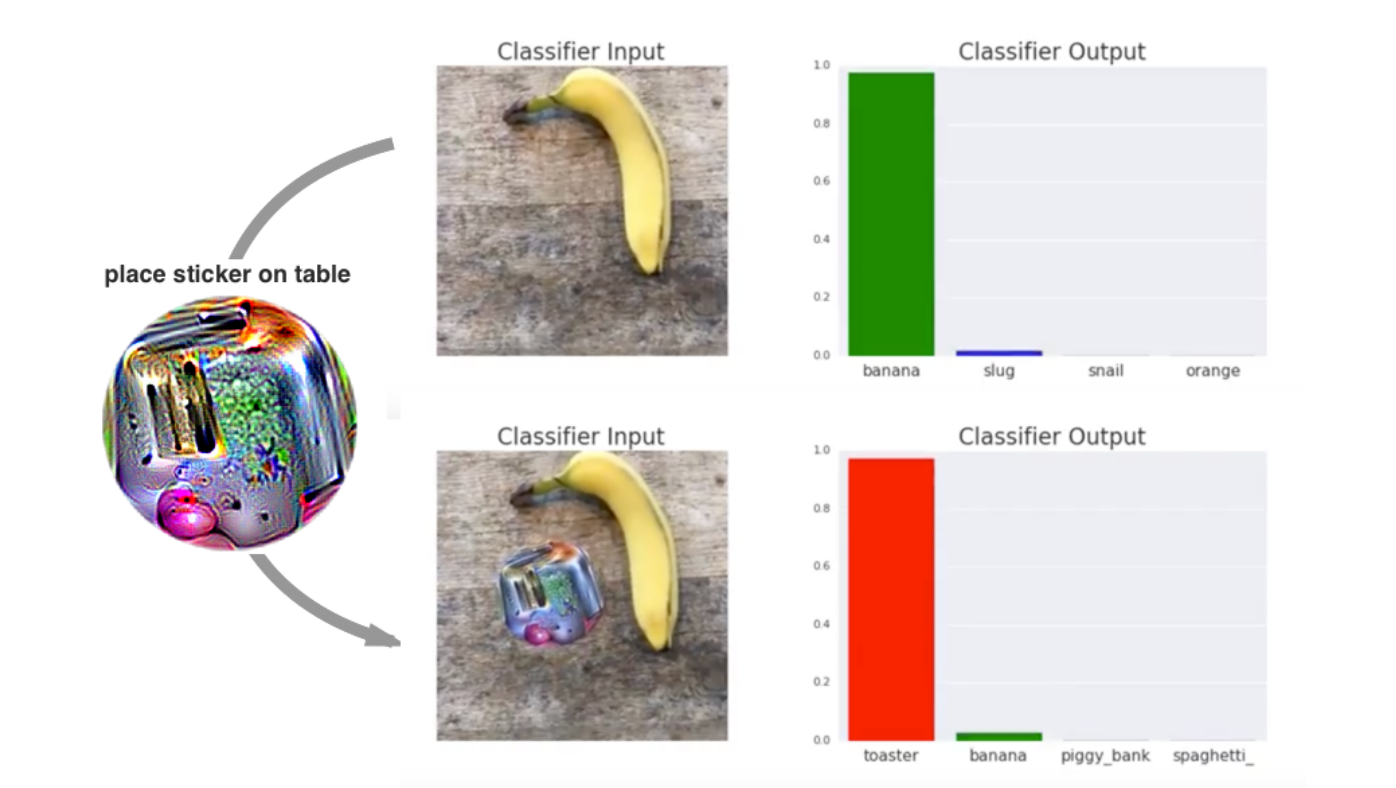 [3] Turning a banana into a toaster
[3] Turning a banana into a toaster

